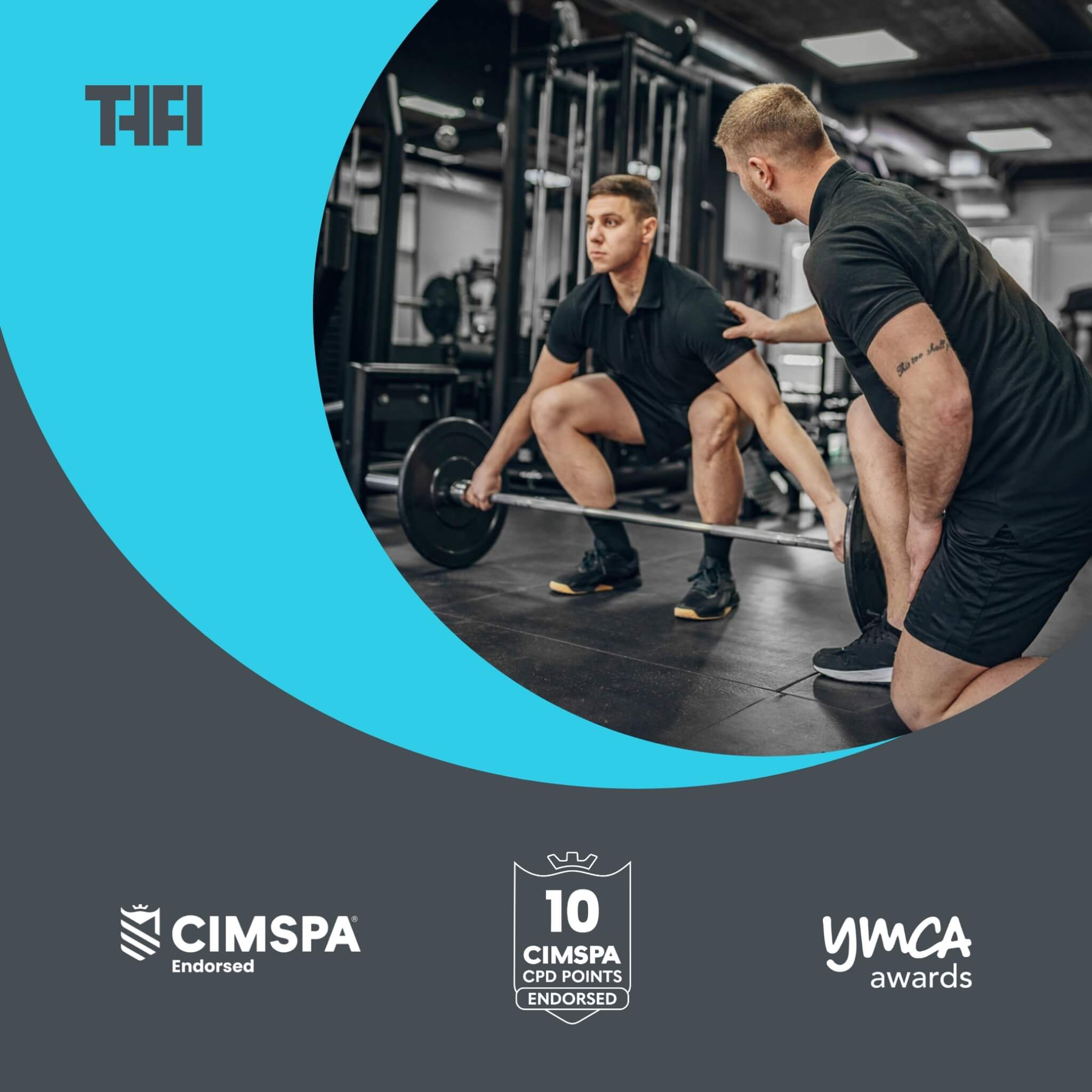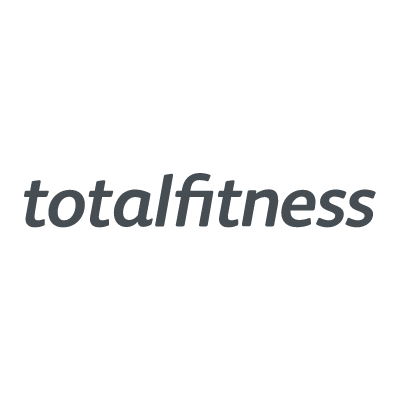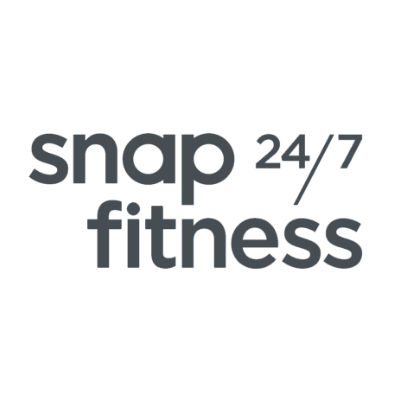The Essential Guide to Waiver Documents for Personal Trainers

Have you ever thought about what happens if a client gets injured under your watch?
It’s a worry that nags many personal trainers. This question shines a light on a crucial aspect many overlook: the importance of having a waiver document for your clients.
Diving into personal training with enthusiasm is great, but missing a firm grasp on legal safeguards can leave you dangerously exposed.
Many personal trainers lay the groundwork for a professional, well-protected career by starting with pt courses online that cover both practical skills and legal essentials.
It's not just about dodging legal bullets; it’s about fostering trust and professionalism in your client relationships.
This guide cuts through the complexity, focusing on three essentials: understanding the waiver document, creating a solid waiver, and weaving it into your practice.
The article will improve your legal savvy and client rapport, setting you apart in your fitness niche.
Armed with this guide, you’ll confidently navigate legalities, craft protective waivers, and build a trust-based practice that will stand you in good stead for your career in fitness.
Here’s everything you need to know when creating your waiver document...
Understanding the Waiver Document
What Is a Waiver Document?
At its core, a waiver document is a form that clients sign before starting their fitness journey with you, acknowledging the risks involved in participating in exercise and fitness activities. It's not just a piece of paper; it's a crucial communication tool between you and your clients. This document clearly outlines the nature of the risks associated with physical training and expresses the client's consent to take those risks upon themselves.
But let's get one thing straight - a waiver is not a get-out-of-jail-free card for negligence. It serves to inform your clients about the potential risks and ensures that they are participating at their own risk, understanding what they are getting into.
This mutual understanding is fundamental, not only for legal protection but also for building a transparent and trusting relationship with your clients.
Now, you might wonder how a waiver differs from a consent form. While they might seem similar at first glance, they serve different purposes. A consent form is generally used to agree to a specific action or procedure, knowing the risks involved.
In contrast, a waiver is a broader agreement that acknowledges and accepts the risks associated with a range of activities, releasing the trainer from liability for injuries that could occur as a result of those activities.
The Legal Landscape for Personal Trainers
Let's face it, we're in a profession where the physical well-being of our clients is in our hands. That's a big responsibility! While we strive to ensure their safety, accidents can happen. And when they do, the legal ramifications can be severe if you're not adequately prepared. This is where the waiver document comes into play.
Ignorance is not bliss, especially in the legal landscape of personal training. Understanding and respecting the legalities surrounding our profession not only protects you but also showcases your professionalism and commitment to your clients' well-being.
A well-crafted waiver document can be the difference between a minor incident and a career-ending lawsuit.
In some jurisdictions, having a signed waiver can significantly limit liability in the event of an injury, provided that the injury was not a result of negligence on your part. It's important to note, however, that the enforceability of waiver documents can vary significantly between different regions.
Therefore, it's essential to consult with a legal professional when drafting your waiver to ensure it complies with local laws and regulations.
By integrating a comprehensive waiver document into your practice, you're not only protecting yourself legally, but you're also sending a message to your clients. It shows that you take your role seriously and that you're proactive about safeguarding their health and safety.
This level of professionalism and care can significantly enhance your reputation, leading to more clients, better results, and ultimately, a more successful career in the fitness industry.
The Importance of a Waiver Document for Personal Trainers
The nature of personal training – whether you teach yoga or Olympic weightlifting – means potential risks are never far away.
And no matter how diligent you are, accidents and mishaps can (and do) always happen.
So having a well-considered and legally-sound waiver in place is a must for these reasons...
Protecting Yourself from Liability
Imagine you've drafted a comprehensive fitness program, tailored to each client's needs and capabilities. Despite all precautions, an injury occurs. Here's where your waiver becomes your shield. It's not about evading responsibility but about having acknowledged the inherent risks of physical exercise together with your client. This mutual understanding is crucial.
Consider the case of a trainer whose client suffered a sprain while using gym equipment. Thanks to a well-drafted waiver that clearly outlined equipment use risks, both parties had discussed and understood these potential outcomes. This prior understanding played a pivotal role in resolving the situation amicably, with the client acknowledging the risk they had accepted.
Another scenario involves a client experiencing overexertion during a particularly intense session. The waiver's clear communication of potential physical stress and injuries inherent in such workouts was instrumental in managing expectations and ultimately in the client's recovery and return to training.
Building Trust with Your Clients
When you present your client with a waiver, you’re starting an open conversation about the realities of training...and the potential risks.
This honesty sets the tone for a transparent relationship where clients feel valued and informed – while showing that their safety is a shared priority.
It’s this kind of transparency that fosters trust between you and your client. Your clients will appreciate when you don't shy away from the hard topics, like potential injuries. Instead, addressing these realities head-on can empower clients, making them feel more in control of their fitness journey and more trusting of the guidance you provide.
Professionalism and Peace of Mind
Incorporating a waiver document into your practice speaks volumes about your professionalism. It shows foresight, a commitment to safety, and an adherence to industry best practices. A well-considered waiver reflects a business that's built on integrity and thoroughness.
Moreover, this document provides peace of mind – knowing you've clearly communicated the risks and responsibilities associated with training allows you to focus on what you do best: inspiring and guiding your clients towards their fitness goals. It's about creating a safe space where both trainer and client can pursue excellence without the overhang of unaddressed legal worries.
Writing your Waiver Document
It might seem daunting at first, but once you understand the essentials every good waiver document should contain, it will make the whole process much more straightforward. Then you can get back to doing what you do best – helping improve the health and fitness of the clients you work with safely and effectively.
What are the essential elements of a good waiver document?
When you are creating your waiver, you should ensure that the following components are included:
- Clear Language: The language used in your waiver should be straightforward and easy to understand, avoiding legal jargon that might confuse your clients. The goal is to ensure that clients fully grasp the risks involved and the rights they're relinquishing by signing.
- Description of Risks: It should explicitly state the potential risks associated with the physical activities they'll be undertaking. This isn't about scaring clients but about ensuring informed consent.
- Statement of Client's Responsibility: The waiver should clarify that the client is voluntarily participating and assumes responsibility for their risk of injury.
- Limitation of Liability: This section outlines the conditions under which you, as the trainer, would not be held liable for any injuries sustained.
- Affirmation of Health: Clients should declare that they are in good health and physically capable of engaging in the activities involved in the training.
- Emergency Medical Treatment: While not always included, a clause that allows for emergency medical treatment in case the client is incapacitated can be a lifesaver.
Tailoring the Waiver to Your Services
No two training programs are the same, and your waiver should reflect the specific activities and risks associated with your unique offering. Whether it's high-intensity interval training, weightlifting, or yoga, make sure the risks associated with these activities are clearly outlined.
Legal Considerations and Compliance
The most impeccably written waiver won't protect you if it doesn't comply with local laws and regulations. Here's how to ensure yours does:
- Consult with a Legal Expert: Before finalising your waiver, have it reviewed by a legal professional who understands the nuances of liability law in your area. This ensures that your waiver is not only enforceable but also comprehensive.
- Stay Informed About Changes in Law: Laws and regulations can evolve, so it's crucial to stay informed and update your waiver accordingly. Regular check-ins with a legal advisor can help you stay compliant.
- Understand the Scope of Protection: Remember, a waiver is not a blanket shield against all forms of liability. It cannot protect you from claims of gross negligence or intentional harm. Knowing this helps in maintaining high standards of professionalism and safety in your practice.
How to Implement A Waiver Document in Your Practice
Let’s look at the best ways to introduce the waiver into your practice and how to handle any questions or concerns that might arise.
When and How to Present the Waiver
Best practices for integrating waivers into your onboarding process
The onboarding process is your first real opportunity to set the tone for your professional relationship with a client. Here’s how you can integrate the waiver smoothly and effectively:
- Early Introduction: Introduce the waiver early in the onboarding process. This allows clients ample time to read through it thoroughly and ask any questions they may have. It shouldn't be a last-minute add-on but a fundamental part of your initial interactions.
- Contextual Presentation: When presenting the waiver, context is key. Explain why it’s necessary and how it protects both the trainer and the client. This can be done during an initial consultation or your first meeting. Framing the waiver as a standard practice in the fitness industry (which it is) can also help normalise its presence and purpose.
- Digital Options: Consider using digital platforms for your waivers. Online waivers are not only environmentally friendly but also more convenient for both you and your clients. They allow for easy access, reading, and signing at the client's convenience, and you can easily keep track of who has signed and who hasn’t.
- Q&A Session: After presenting the waiver, offer a Q&A session. This shows that you are open to discussion and care about their concerns and understanding. It reinforces the trust and transparency you want to build with your clients.
Handling Client Questions and Concerns
Strategies for addressing common queries about waivers
Clients might have questions or concerns about signing a waiver, especially if they are new to personal training. Here’s how you can address them:
- Educate on the Purpose: Reiterate that the waiver is there to make sure they are aware of and accept the inherent risks of physical activity. It’s not about denying responsibility but ensuring that they understand the nature of physical training.
- Clarify Misconceptions: Some clients might believe that signing a waiver completely removes their rights in the event of an injury. It’s important to clarify that waivers do not absolve a trainer of all liabilities, especially in cases of negligence. Explain that the waiver is a form of mutual agreement about the expected risks in a regular training program.
- Personalise the Explanation: Use examples or scenarios to explain how the waiver works. Personal stories or hypothetical situations can help clients understand the practical aspects of the waiver and why it’s important.
- Reassure with Professionalism: Remind clients that having a waiver is a sign of professionalism and that it’s a standard practice in the industry. It shows that you take your duty of care seriously and are committed to providing a safe training environment.
- Offer Support: Let them know that you are available to discuss any part of the waiver they might not understand. Offering to go through the document with them can ease concerns and demonstrate your commitment to their wellbeing.
Beyond the Waiver: Building a Risk-Aware Business
Implementing a waiver is a crucial step in risk management for personal trainers, but it's just the beginning.
Building a business that’s not only resilient to legal challenges but also deeply committed to client safety requires a broader approach.
Let’s explore how continuous education and additional protective measures can fortify your practice.
Continuing Education on Legal Matters
Resources and courses for staying informed
In the ever-evolving landscape of the fitness industry and its legalities, staying informed is paramount. Here’s how you can continue to educate yourself:
- Legal Workshops and Seminars: Look out for workshops, webinars, and seminars focused on legal matters related to personal training. These are often hosted by professional bodies or legal experts in the fitness industry.
- Certification Courses: Some organisations offer certification courses in legal aspects of personal training. These courses can provide in-depth knowledge on how to navigate the complexities of liability and client safety.
- Online Resources: There are numerous online platforms offering articles, videos, and tutorials on legal matters pertinent to fitness professionals. Regularly consulting these resources can keep you updated on new developments.
- Networking: Engaging with a community of fitness professionals can be incredibly valuable. Through forums, social media groups, or local meet-ups, you can share experiences and advice on handling legal issues.
Insurance and Other Protective Measures
Complementing your waiver with additional layers of protection
While a waiver document is essential, it should be part of a broader strategy to protect your business from potential risks. Here’s what else you can do:
- Professional Liability Insurance: This type of insurance can provide coverage for claims of negligence, such as injury or harm to a client due to a workout plan. It’s a critical safety net that complements the protection offered by a waiver.
- General Liability Insurance: Beyond the specifics of training, general liability insurance covers broader aspects of your business, such as accidents that occur within your training space.
- First Aid and CPR Certification: Ensuring that you and any staff are certified in first aid and CPR not only adds a layer of safety for your clients but also demonstrates your commitment to their well-being. It’s a proactive measure that can make a significant difference in case of an emergency.
- Risk Assessment Procedures: Develop and implement risk assessment procedures for all training activities. Regularly review and adjust these procedures to mitigate potential hazards in your training environment or practices.
- Client Screening and Consultations: Before starting any training program, conduct thorough client screenings and consultations to understand their health history, limitations, and goals. This can help tailor training plans to minimise the risk of injury.
Conclusion
The necessity of a waiver document in the personal training profession cannot be overstated. It serves not only as a protective shield against potential legal issues but also as a foundation for building trust and transparency with your clients. By understanding the essential elements of a waiver, tailoring it to your services, and integrating it seamlessly into your practice, you are not only safeguarding your career but also enhancing the professional experience for both you and your clients. The key actions include familiarising yourself with the legal aspects of personal training, crafting a comprehensive and clear waiver document, and continually educating yourself on best practices in the field. Remember, a well-prepared personal trainer is not only a successful one but also a responsible and professional figure in the eyes of their clients.


























